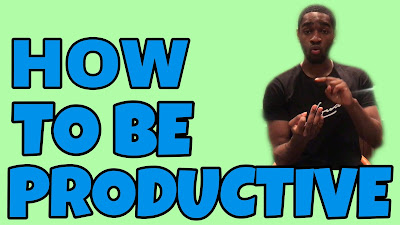Beginners introduction to meditation, WHAT YOU NEED to know
READ THIS BEFORE YOU MEDITATE
Today is an introduction to meditation
There are so many benefits to meditation, some of which have been scientifically proven such as helping with chronic illnesses like depression, heart disease and chronic pain. However, not everyone who meditates mediates for these benefits specifically. Actually, the most popular use of meditation is for stress management. Other than this other common reasons people meditate for is a clear mind, to improve mental health, work on their chakras and/or identify physical problems with their body.
There are 7 types of meditation:
- Mindfulness meditation
- Transcendental
- Guided
- Vipassana Meditation
- Metta (Loving-kindness) meditation
- Chakra meditation
- Yoga meditation
Mindfulness Meditation
Transcendental Meditation
Guided Meditation
Guided meditation is where you have use imagery or visualisation to meditate with a main area of focus. The most common of this today in the western world is listening to an individual speak telling you what to focus on, there are many resources such as apps and videos on the internet that provide this. it is also possible to have a guided meditation by involving other senses.Vipassana Meditation
Self-transformation through self-observation by paying attention to the physical sensations of the body and then the insight this provides. To do this effectively it requires the individual abstaining from intoxicants, killing, lying, stealing & sexual activities.Metta (Loving-kindness) Meditation
Chakra Meditation
This is all about balancing all off the 7 chakras which are: the Root Chakra, the Sacral Chakra, the Solar Plexus Chakra, the Heart Chakra, the Throat Chakra, the 3rd Eye Chakra & the Crown Chakra. There is so much to talk about when it comes to chakra's so I will have to save it all for another day.Yoga Meditation
Yoga is also very popular in western society. Done properly it can be used as a form of meditation by doing the correct postures with controlled breathing exercises to help relaxation and also flexibility.How to mediate:
You need a growth mindset for this, it's like skipping for the first time (in the sense that you're going to keep messing up but just keep on trying and you'll get better, not in the sense that you're jumping up and down LOL).
Most importantly, get comfortable in a position you can stay in for a while. it could be sitting crossed-legged on the floor or straight legs on the bed or on a chair etc, the most important thing is that your back is straight. Keep water nearby & go toilet beforehand so you don't get interrupted with the urge to pee (or worse).
Feel free to set a timer. I would recommend either 5 or 10 minutes because anything more will probably feel like a decade.
Now close your eyes
Breath, I prefer to breathe in through the nose out through the mouth at first then progress just through my nose but do what's most comfortable for you.
Keep breathing calmly for the remainder of that time.
That's the foundation for most meditations.
When doing a mindfulness meditation you'll find that loads of random thoughts pop into your head, depending on your aim and the nature of the thought you can either pop them like a bubble or analyses and think through whatever it is that popped up since those are the things that are running through your mind. These meditations bring our subconscious mind into our consciousness so that's exactly what is happening when you're trying to clear your mind and focus on your breathing but you keep on having all these thoughts.
Thank you for the read Growth Family, that's it for today!
Remember to follow the blog!




Comments
Post a Comment